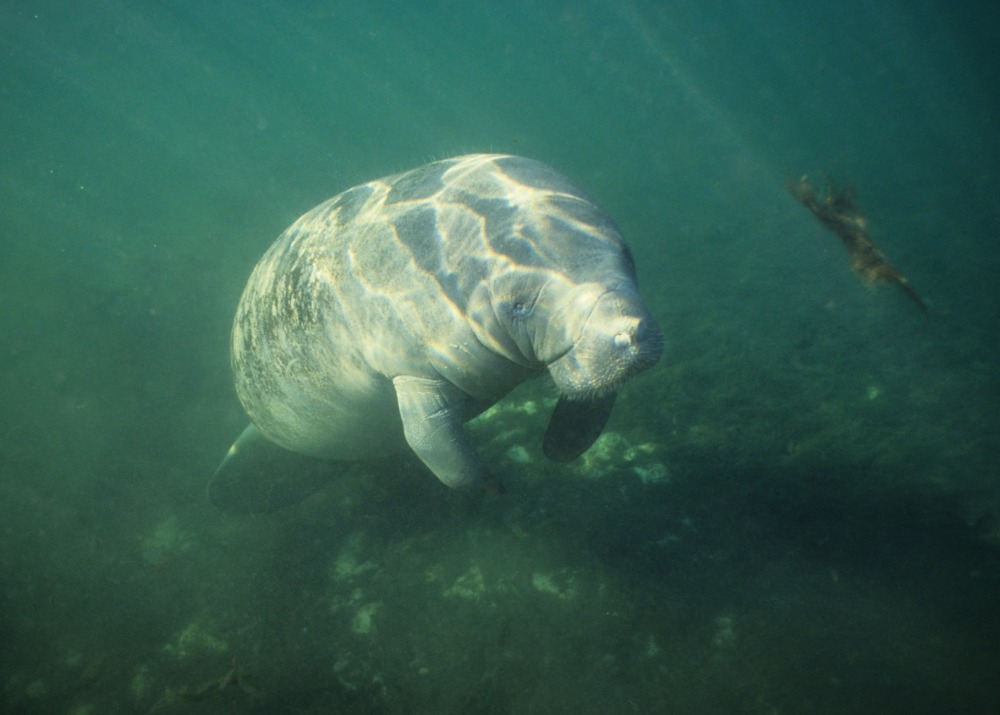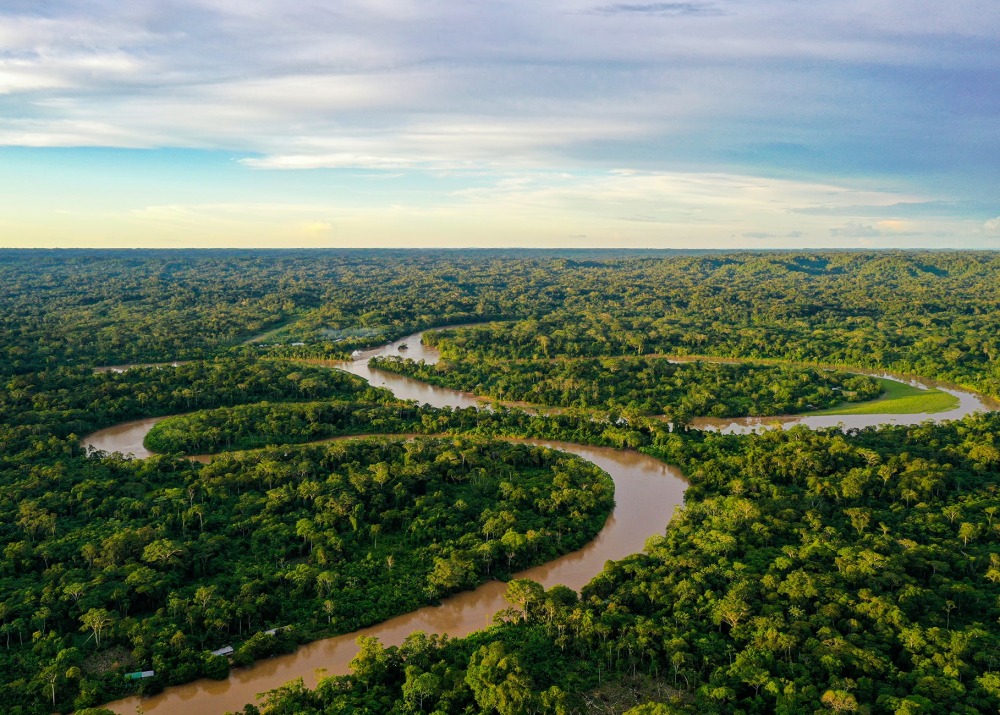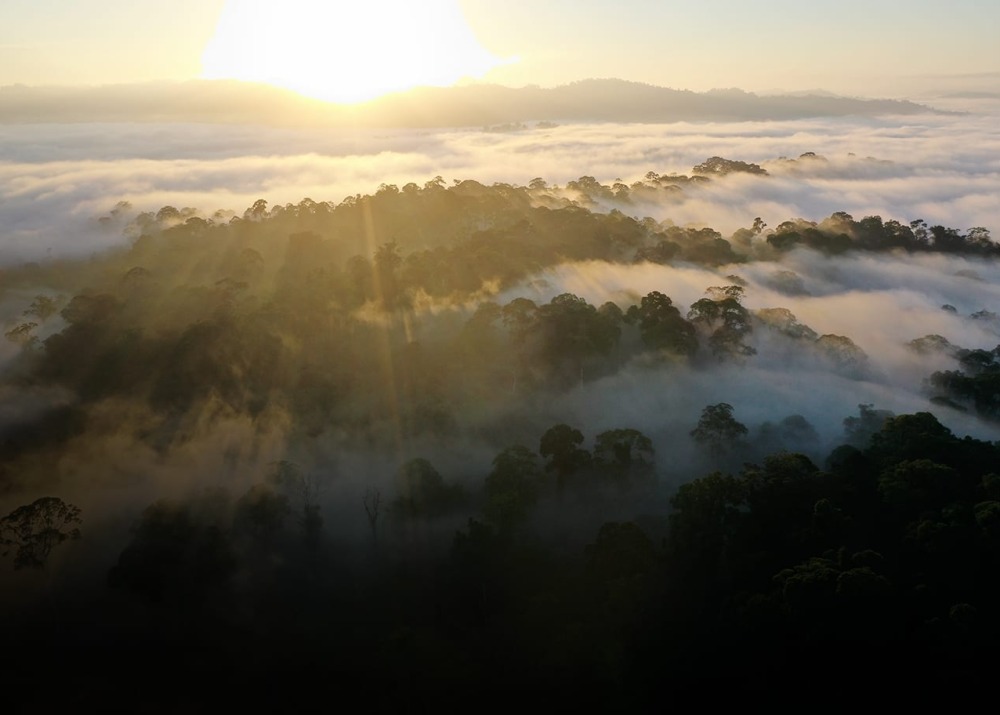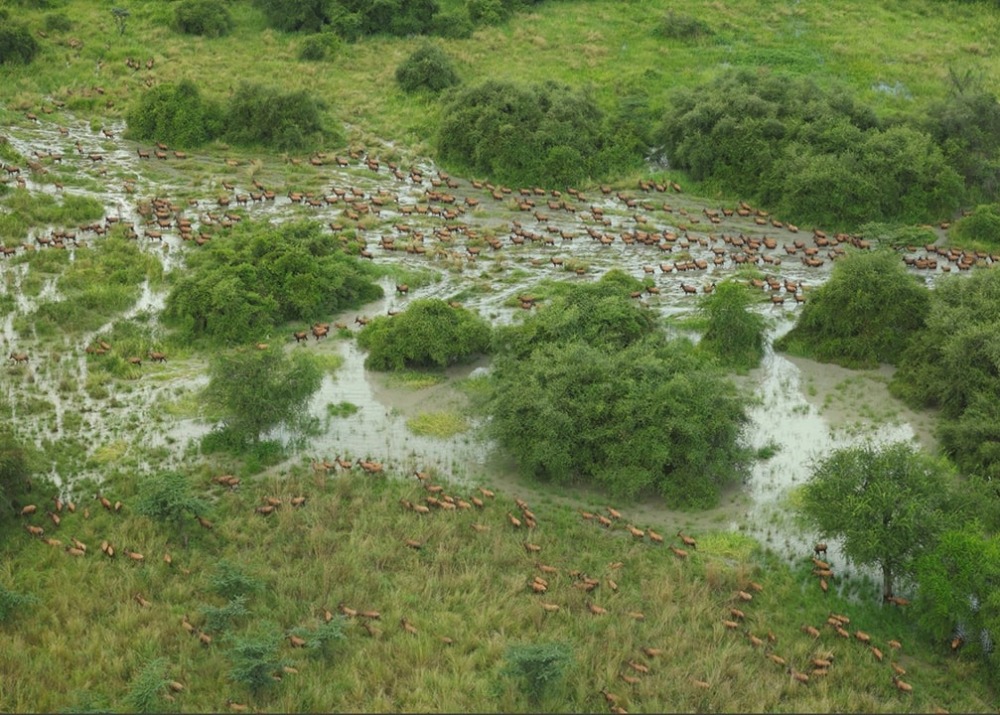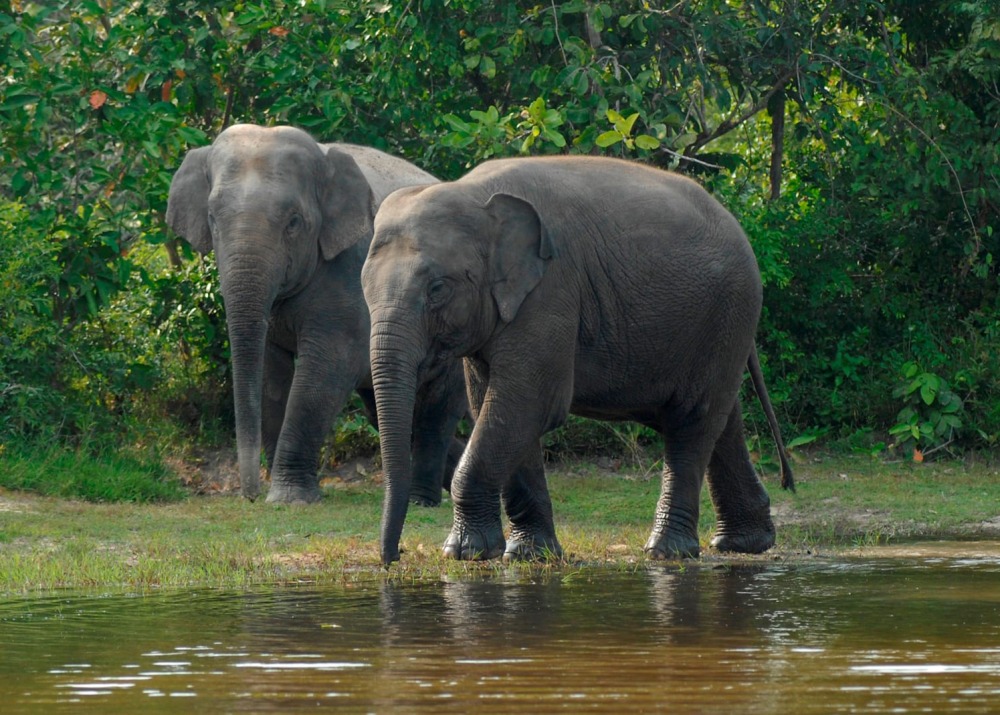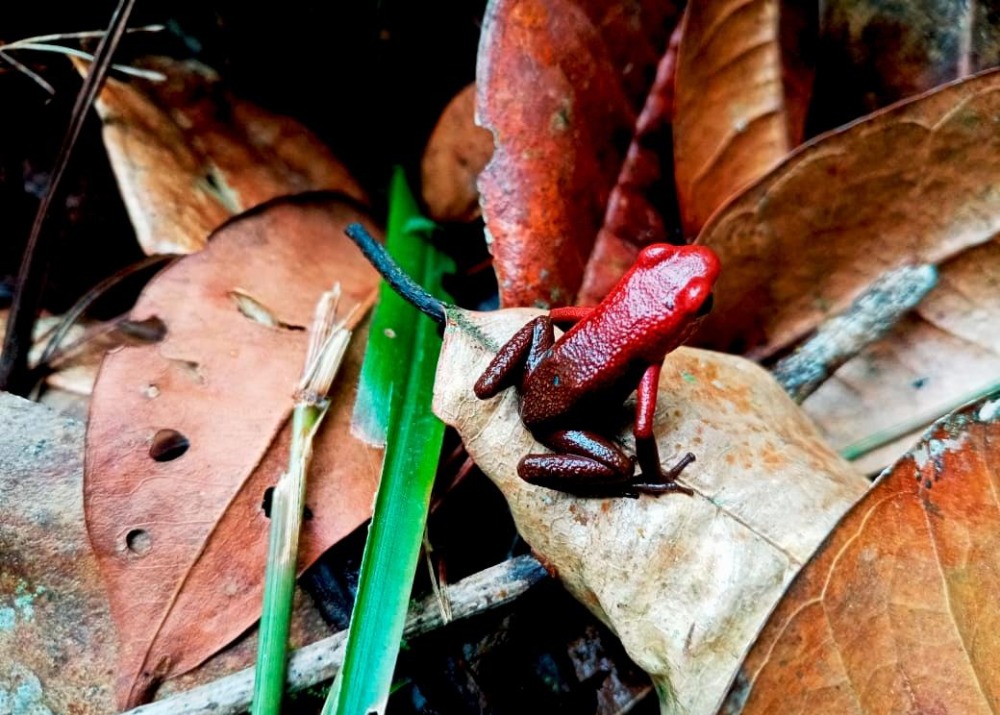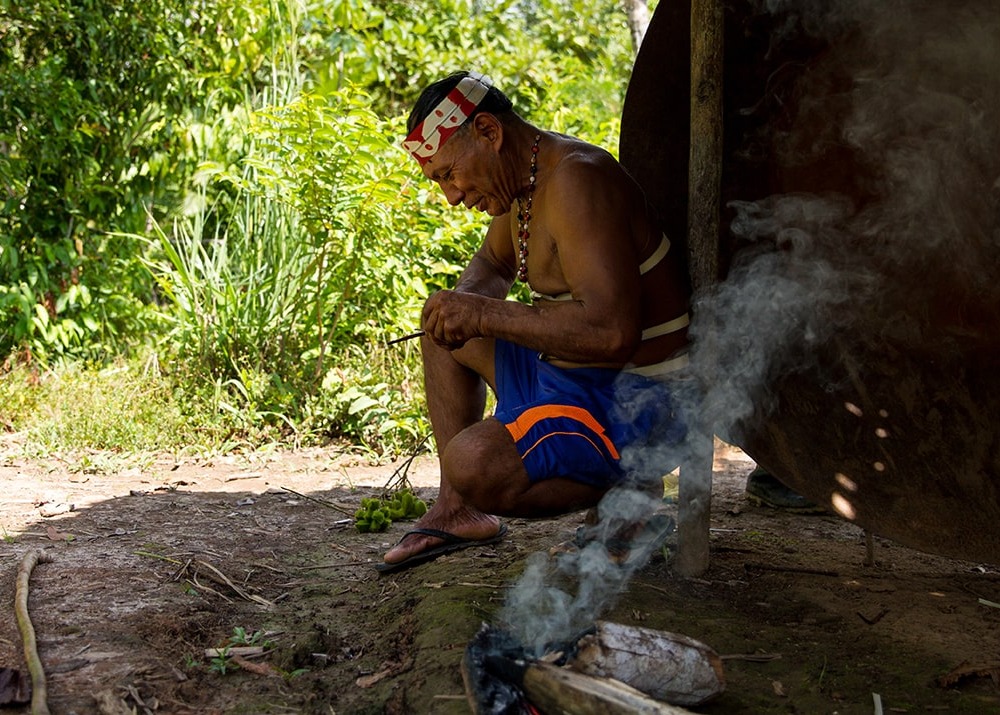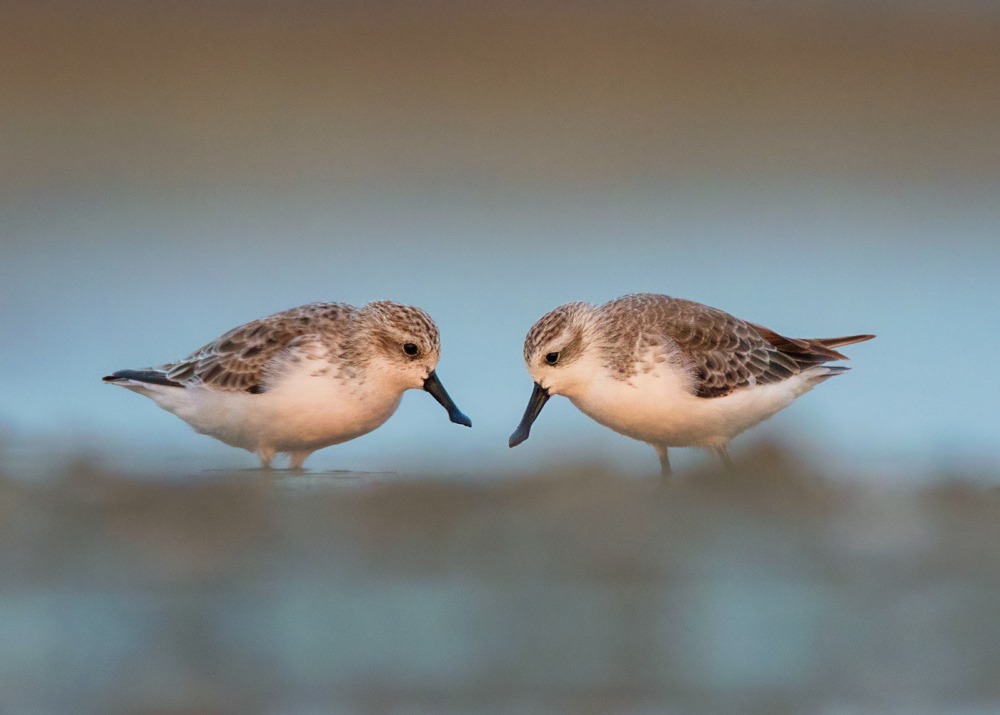Rwanda’s Grey Crowned Cranes and the Rugezi Marsh: A Delicate Dance of Survival
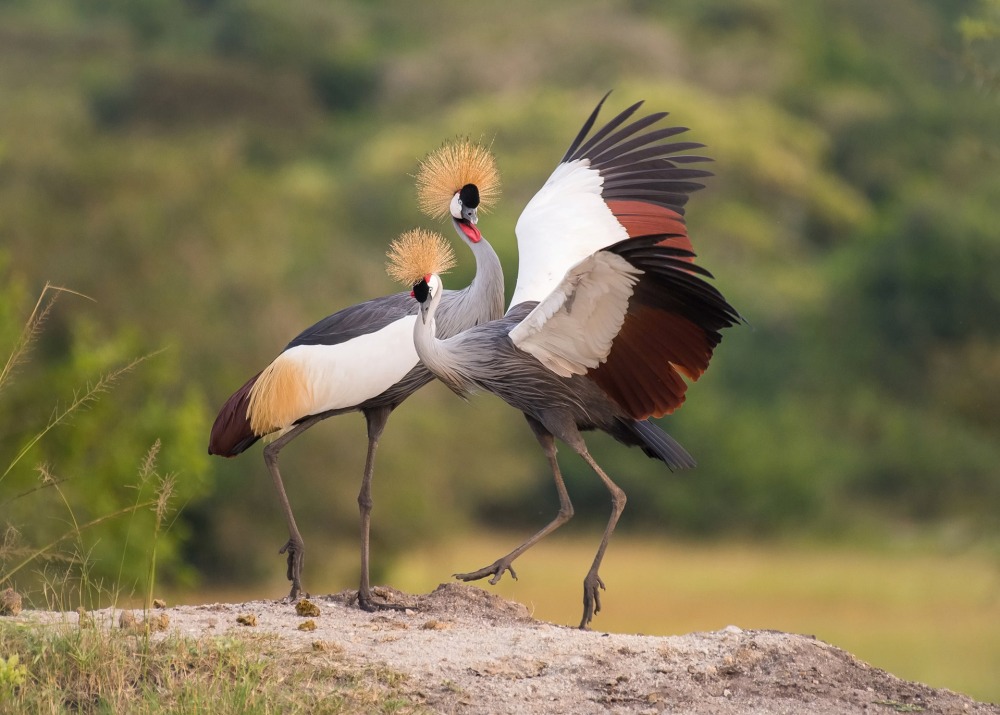
Runway-ready, the exquisite Endangered Grey Crowned Crane is the only crane species in Rwanda. This winged beauty once existed peacefully in the high-elevation Rugezi Marsh in northern Rwanda. But today, the crane faces localized extinction as agriculture and development encroach on the fragile Rugezi swamp.
Rwanda is known as the “land of a thousand hills” and Rugezi Marsh is located at an elevation of 7,000 feet. This tropical peatland habitat covers nearly 15,000 acres and consists of shallow water channels, tall, flowering papyrus reeds, other sedges and vast grasslands that provide an ideal breeding and foraging site for these graceful birds.
As Rwanda’s human population continues to grow, the demand for land and resources increases. Most of the high elevation wetlands in Rwanda like Rugezi have already been drained for tea production. That and illegal poaching fueled by poverty are preventing the cranes from finding suitable nesting sites. Scientists estimate the crane’s global population will have dropped as much as 79% between 1985 and 2030. This drastic decline is attributed to habitat loss, fragmentation and the unlawful removal of the birds and
their eggs for food, traditional medicine use and the illegal wildlife trade market.
One-quarter of the Rwandan Grey Crowned Crane population depends on the marsh and, its abundant and diverse aquatic plant life. Plants here serve as food sources and play a vital role in stabilizing the marsh ecosystem by preventing erosion of the fertile volcanic soil and maintaining water quality. Plucking insects, small reptiles and plant material from the marsh, the crane ensures a balanced ecological cycle within the wetland, one of the headwaters of the Nile River.
Previously, the Grey Crowned Crane’s population had been reduced to a single non-breeding visitor at Rugezi Marsh. With protection efforts enabling the crane population to rise again, most recently to 221 individuals recorded, it is essential that this success continues and is not reversed.
Rainforest Trust and our partner, Rwanda Wildlife Conservation Association, are working with the Rwandan government to create a new 14,857-acre National Park to protect the entire Rugezi Marsh—the first in Rwanda that is exclusively a wetland—for these imperiled birds and many other species. Sustainable conservation of this tropical peatland is the only way to ensure that these endangered cranes will have a future here.
Dance Partners for Life
One of 15 species of crane worldwide, this long-legged bird stands over 3 feet tall and flaunts a wingspan of over 6 feet. With a stunning crown of stiff golden feathers atop its head and a brilliant ruby-red chin wattle, this crane is quite the looker. These monogamous birds—both male and female—perform an elaborate courtship dance with head-bobbing, leaping, bowing and wing fluttering, accompanied by a loud honking call, as part of their breeding routine.
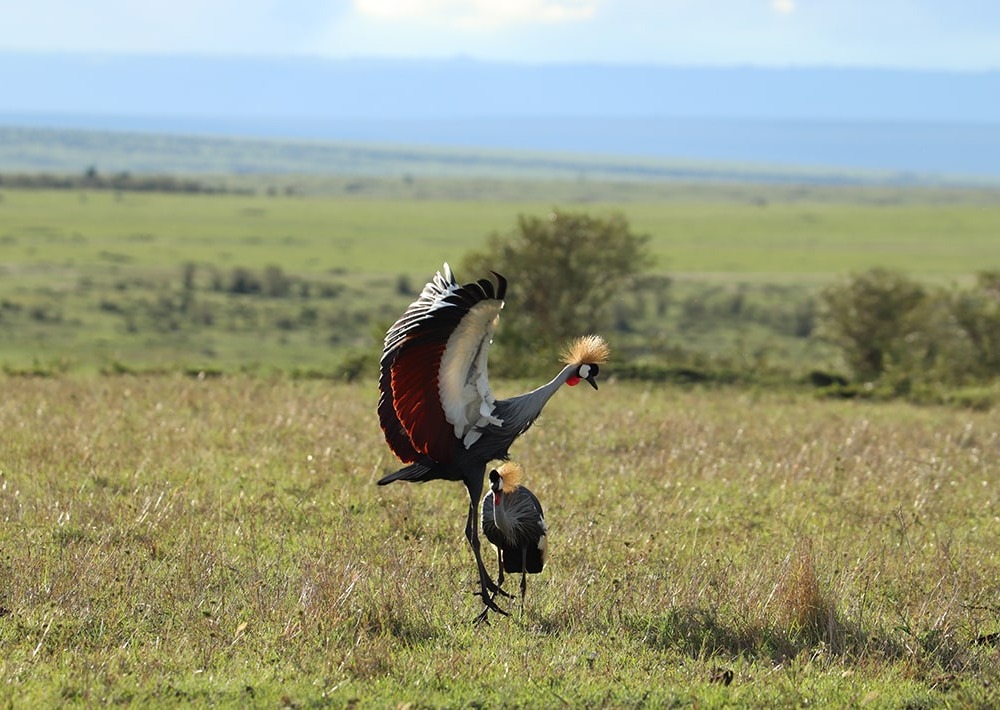
The Grey Crowned Crane courtship dance, by Marie Lemerle
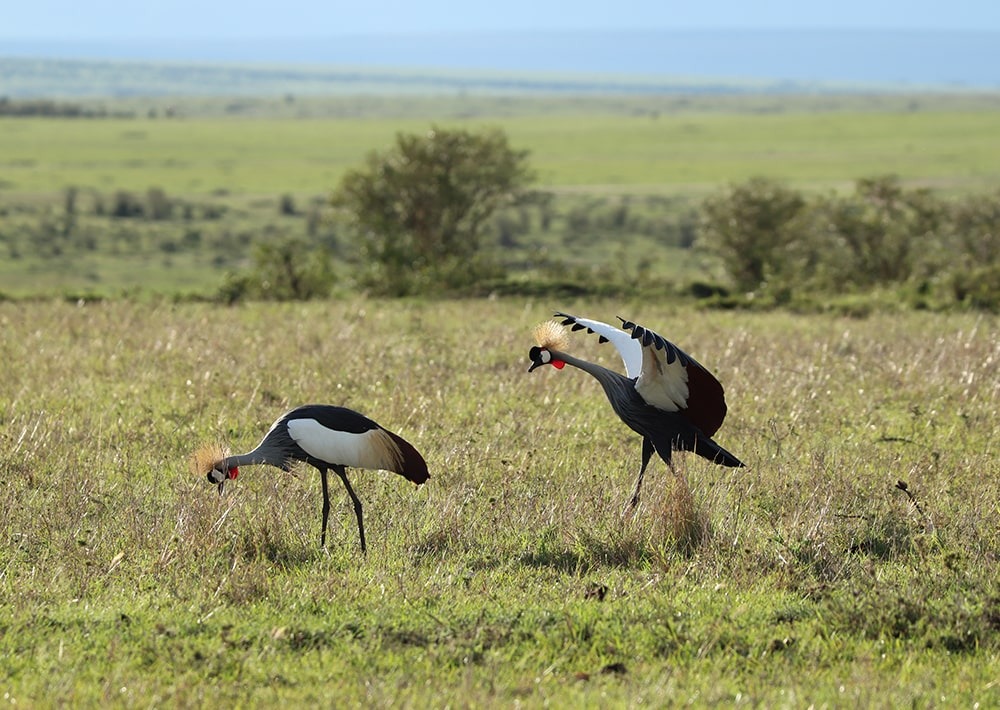
The Grey Crowned Crane courtship dance, by Marie Lemerle
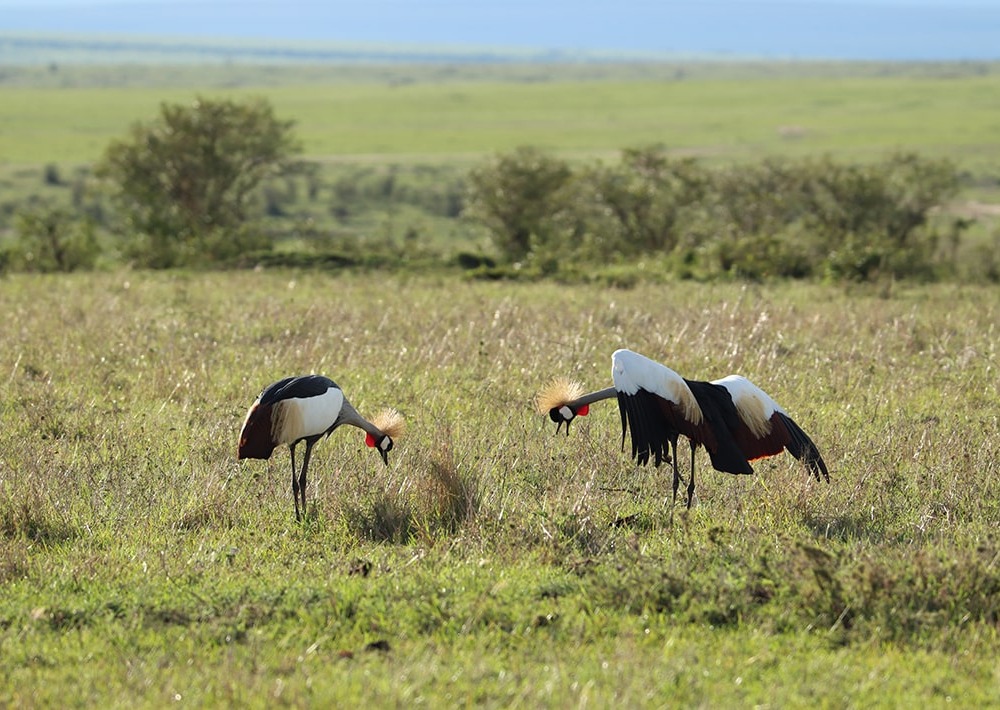
The Grey Crowned Crane courtship dance, by Marie Lemerle
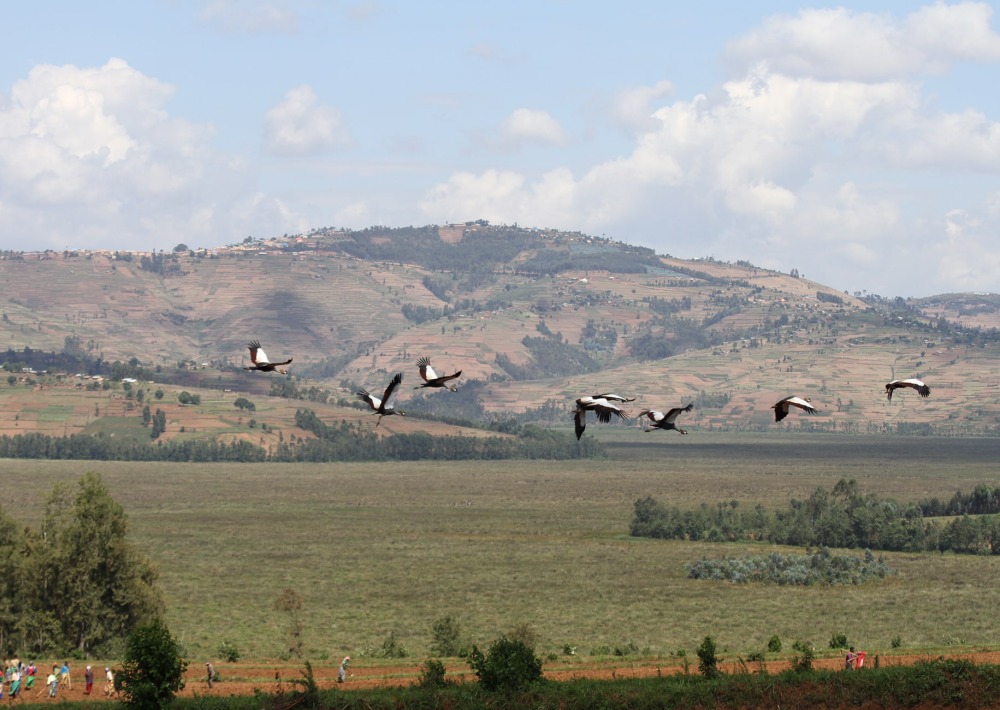
Grey Crowned Cranes fly over Rugezi Marsh, courtesy of RWCA
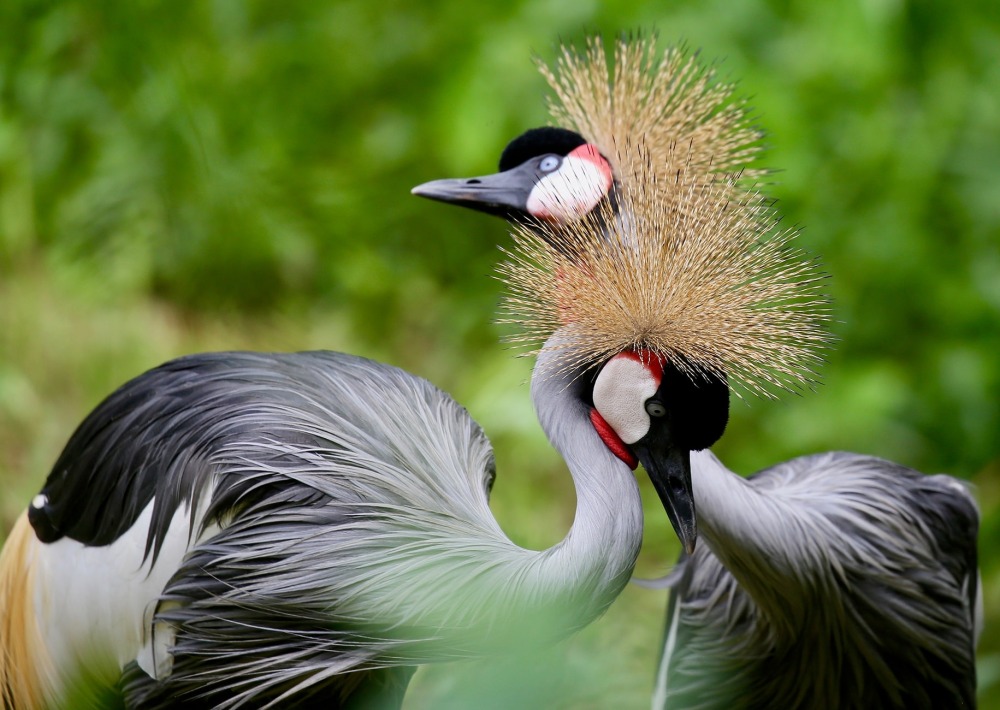
Grey Crowned Crane, by Richardmak

Sign up to receive the latest updates
"*" indicates required fields


